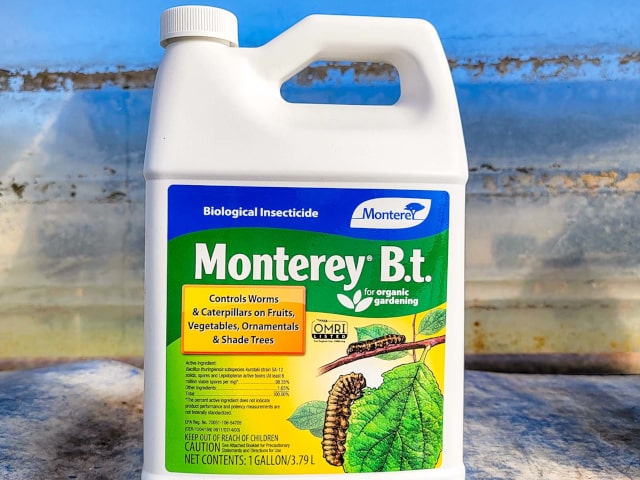
If you have persistent problems with caterpillars in your garden, one of the safest and most effective ways to get rid of them is to use BT as an insecticide. BT, short for Bacillus thuringiensis, are natural bacteria that work against caterpillars. Many varieties of BT are organic, and they come in many different forms. BT does not harm your plants, so it is very effective against caterpillars and many other pest types that are common in the gardens.
Why Use BT to Control Pests
BT is a super effective way to control pests without harming your plants or many other animals in your garden. It has a noted advantage over many other pesticides, especially since many forms of BT are organic. BT is a natural bacteria that can be commonly found in soil. It is harmless to humans, pets and plants, but it harms the caterpillars. It is also a good choice because BT cannot harm beneficial insects.
Another great reason to use BT to control pests is because it can be used in fruit and vegetable gardens up to the day of the harvest. All you need to do is wash your fruits and vegetables well before you consume them, but it is otherwise not dangerous to humans. This is a great advantage to many other pesticides out there.
It is important to remember that BT is safe to use in organic gardens. This is natural bacteria and not a commercial product, so using it in your garden will not make it non-organic. However, if you have an organic garden, make sure to use a form of BT that is certified organic. Some types are mixed with non-organic solvent, or a genetically modified BT is used. Avoid those if you wish to keep your garden organic and use only certified organic types of BT.
Keep in mind that there are many different types of BT products out there. Baits, powders and liquid concentrates are the most common forms. Also, there are different strains of BT available to use in your garden, so pay attention to that, too.
The most common strains available for garden use include:
- Kurstaki. By far the most common strain of BT. It can effectively kill needle and leaf eating caterpillars, such as cabbage worms, bagworms, tent caterpillars, or tomato and tobacco hornworms. It is generally applied as a leaf spray.
- Israelensis. This is a BT strain that specifically targets mosquitoes, black flies, and gnats. It is generally applied to standing waters or as a soil drench.
- Tenebrionis. Also known as San Diego, this BT strain speficically targets potato beetle, elm leaf beetle, and cottonwood leaf beetle.
How to Use BT
While there are several different forms of BT, it typically comes as a concentrate that you can mix with water in a small spray bottle. You can then spray BT onto the affected leaves and other parts of the plant. Always make sure to follow the instructions highlighted on the package so you know what the best dosage is and how to mix it properly.
Make sure to always apply BT thoroughly. This is the only way to make BT work. Spray on both the top and bottom of the leaves, with an even coating. However, do not drench the plants - BT solution should not drip from the leaves.
Also, make sure to apply BT carefully, targeting specific affected plants and nothing else. This is why it's best to use a sprayer or a small pump, so you can really target specific areas that you wish to cover.
BT takes several days to work, so you must be patient. Also, keep in mind that it quickly degrades in the sunlight, so it will last on the plants only for about a week or so. It means that you might need to give it another application if one dosage didn't completely work at eradicating pests.
Keep in mind that caterpillars can become resistant to BT, so don't overdo it. Only use it when absolutely necessary. It is best to use BT in a combination of other natural methods of pest control, such as introducing beneficial predators in your garden.
When using BT to get rid of pests, make sure to only apply it to the affected plants. Never over-apply it or spray it generally around your garden. While BT is safe for humans and pets, as well as many insects, it can kill some beneficial insects, such as butterflies and moths. Because of this, make sure to limit the usage only to the affected plants. Never allow BT to get onto other plants or general areas in your garden.
Don't forget to store BT properly. It can last a few years, with powders lasting even longer than liquid forms. You should store BT in a cool and dry place, away from sunlight. This will maximize its shelf life, so you can use it in the following seasons if you notice pest infestation on your plants.
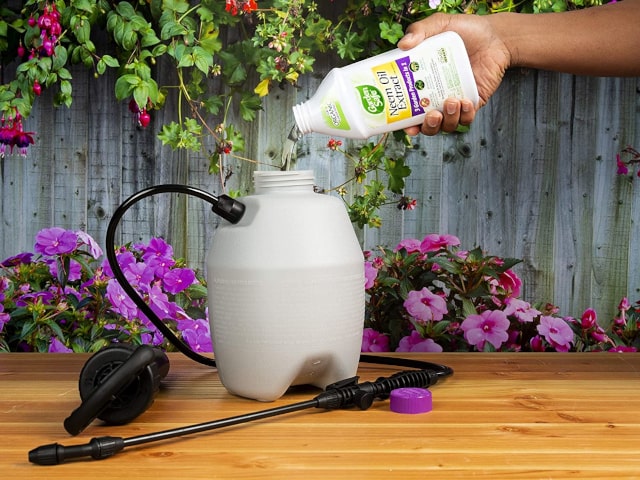
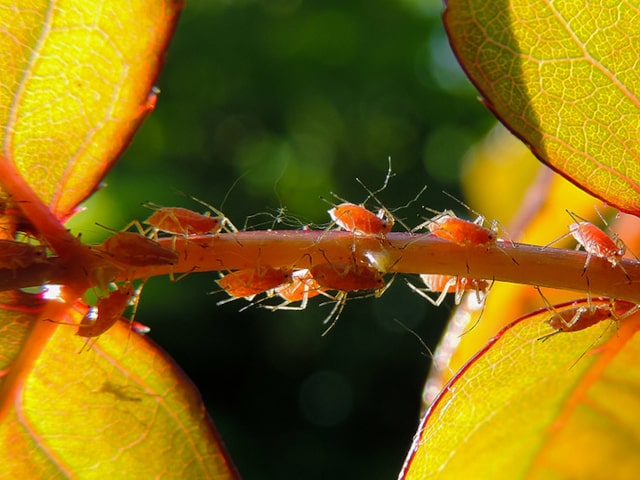
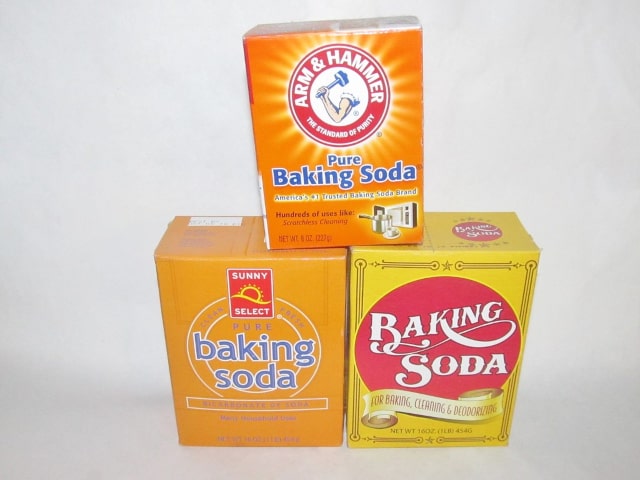
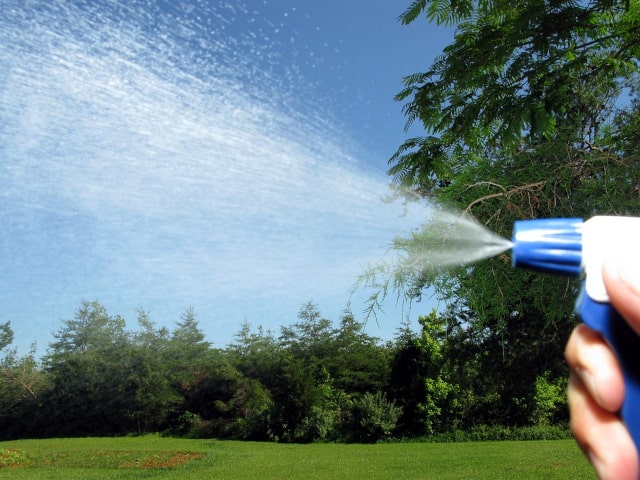
0 Comments